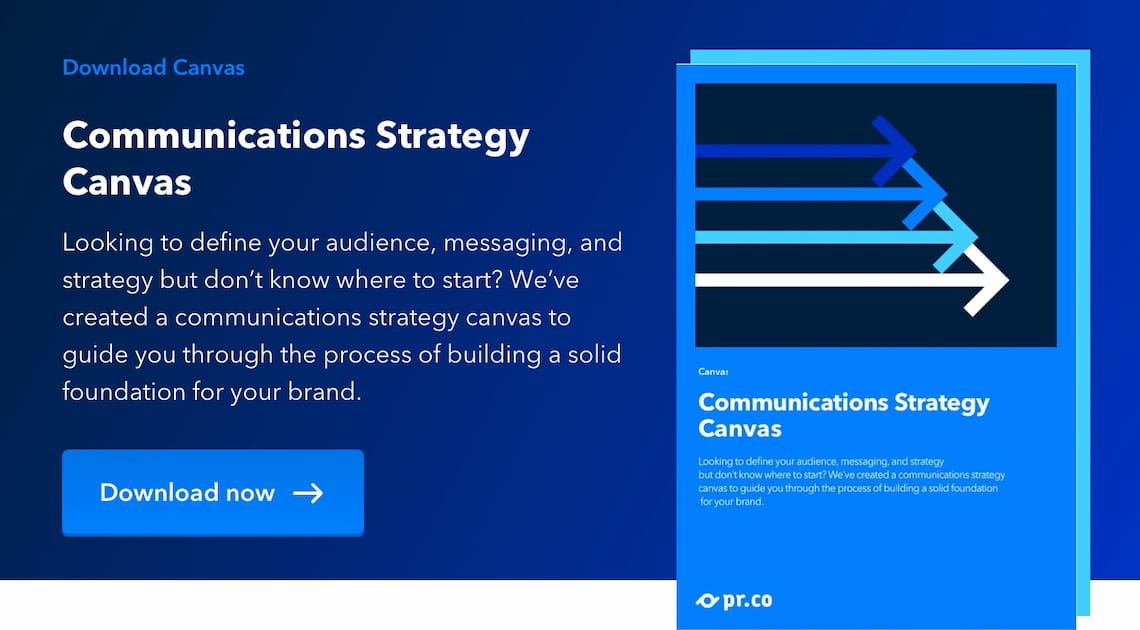Content marketing is increasingly important for B2B as well as B2C companies. It helps you build an audience who trusts you, increase engagement, and connect in a new way. However, it goes without saying, there is a lot of content out there. In order to be remarkable, you have to get creative. Below, we speak to Jeroen Gunter, founder of Contentoo, on what it means to have high-quality content and what separates the good from the bad.

Content marketing: why quality matters
Many years ago, the legendary American writer Charles Bukowski, who had written for various magazines throughout the 1940s, 50s, and 60s, summed up the situation quite precisely: ‘There are many, many writers writing that can’t write at all; and they keep on writing all the clichés and bromides and 1890 plots, and poems about spring and poems about love, and poems they think are modern because they are done in slang or staccato style, or written with all the “i's” small.’
Bukowski died in 1994, just before the global rise of the internet. But if he were still with us today, he’d probably be making the exact same observation as he did back then. Under the umbrellas of ‘content marketing’ and ‘SEO optimization’, the internet is being pumped full of more and more new content each year. This wouldn’t be a problem at all if it weren’t for the low-quality standards that much of this content adheres to.
Anyone who’s ever flipped through an e-mail newsletter browsed a blog or read a white paper cannot help but conclude that there’s an awful lot of bad content out there. Why is that though? After all, if you ask a marketeer whether they want good or bad content, of course, they’ll say they want the good stuff. Obviously, something is going wrong.
.jpg?width=736&name=DTS_Creative_Community_David_Sherry_533%20(1).jpg)
Who writes all this content?
So, is outsourcing content creation always the solution? Unfortunately, outsourcing is not always a guarantee for good quality either. Content created by largescale agencies is often lacking in quality. There’s even a risk of poor quality if you hire a freelance copywriter. The reason why there’s never really much of a guarantee is that anyone can call themselves a writer.
Everyone’s a writer
Do you know your ABCs? Do you enjoy writing, or has someone in your family ever told you what a good writer they think you are? Congratulations! You're a copywriter! That’s how easy it’s been for the market to become flooded with copywriters. Just do a quick Google search for ‘freelance copywriter’ and you’ll find no fewer than fourteen million hits. Try finding a good writer in that haystack. How can you do it?
The decline of the creative arts
Maybe it should come as no surprise that there is so many poorly written text out there. After all, there are fewer and fewer people today who are actually studying the art of writing. Around the world, there’s been a major decline in liberal arts studies in recent years. In the United States as well as in other countries, disciplines like history, philosophy, and literature used to be the main focus of the academic world. Those days are long gone now.
From 2008 to 2016 alone, there was a 15 percent drop in the number of bachelor-level students majoring in disciplines like English, history, and philosophy, despite a 31 percent increase in bachelor-study enrolment during the same period. One of the reasons for this, as one critic has observed, is ‘this economic perception that if you get a degree in the humanities you end up as a barista.’ So, what’s a company to do? Often, they have no choice but to leave their content creation to people who have never studied what it takes to create a well-written text.
Why quality matters so much
Is it such a problem that there’s so much bad content being created? It depends on what you’re trying to achieve with your content. Research shows that the three main purposes of content marketing for B2B companies are raising brand awareness, educating audiences, and building credibility/trust. There’s also the desire to generate leads. To reach these goals, marketers are spending more and more, especially on content creation. And it’s not just text: there’s also video content and other formats. Marketers always say that they’re looking for high-quality content. But what does that really mean? What is good quality?
What is good text?
You might think that high-quality writing is a matter of personal taste. Of course, taste is one aspect of quality. One person may enjoy reading Charles Bukowski, while the other prefers Gabriel García Marquez. That’s a question of taste. But there’s no denying that both of these authors are good writers.
Alongside the subjective criterion of ‘taste’, there are actually various objective criteria that you can use to identify high-quality writing. Broadly speaking, you can split these objective criteria into two aspects: technique and creativity. Technique is all about mastering the rules of the language, while creativity is related to the content of your text (the plot, storyline, plot twists, etc.). You can think of creativity as the ingredients that make up the text, while technique is the way in which the ingredients are prepared.
The technique of good writing
The first technical aspect of a text is proper spelling. A good text is always free of spelling mistakes. Yet, just because there are no typos in a text doesn’t automatically make it well-written. Spelling is just one aspect of quality. Even a bad writer may be able to spell properly. And there are plenty of tools at their disposal to prevent them from making spelling and grammar mistakes to begin with, from Microsoft Word’s spell check functions, to Grammarly and any number of other web-based tools like Reverso.net.
Another aspect of technique is the structure of the text: how the sentences and storyline are put together. This has been the subject of countless blog posts and articles. The most important tips include avoiding passive verb constructions, keeping sentences short, and starting each sentence with a subject the reader can clearly identify. If you’re evaluating the quality of a text, it’s important to keep these aspects in mind. But this is only the tip of the iceberg. At most, technique is maybe 40 percent of what makes up the quality of a text. What really makes all the difference is creativity.
Here's a list of 30+ online tools that will help you hone your writing skills.
Creativity makes the difference
In the quote at the beginning of this article, Bukowski isn’t complaining about authors who don’t understand technique. He’s talking about writers who lack the creativity to avoid clichés and choose original topics. Creativity is the deciding factor for whether a text will win over the reader or not. That also makes creativity the biggest challenge for content marketers. This is especially true in the B2B sector, where authors must write engaging texts about IT, legal topics, and other relatively ‘dry’ subject matter.
But what is creativity? In his classic book The Courage to Create, psychologist Rollo May writes: ‘Creativity is the process of bringing something new into being. Creativity requires passion and commitment. It brings to our awareness what was previously hidden and points to new life. The experience is one of heightened consciousness: ecstasy’

Don't tell me the moon is shining’
Next time you’re thinking of topics for a white paper, blog post, or article, try getting outside of your comfort zone. Be creative. The most important lesson that content writers can learn from the creative geniuses in the worlds of literature and film is: show, don’t tell. Or, in the words credited to classic Russian author Anton Chekhov: ‘Don't tell me the moon is shining; show me the glint of light on broken glass.’
Jeroen Gunter is the founder and CCO of Contentoo, Europe’s leading content creation platform. He is a former journalist with 10+ years of experience in content marketing and PR consultancy. Jeroen specializes in content marketing, content-driven SEO, and content production for online and offline media.. Connect on LinkedIn or send an email







